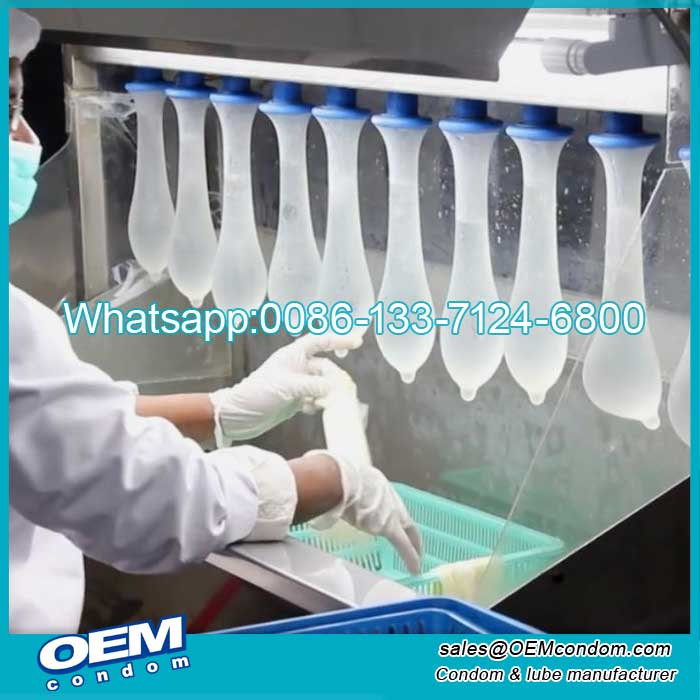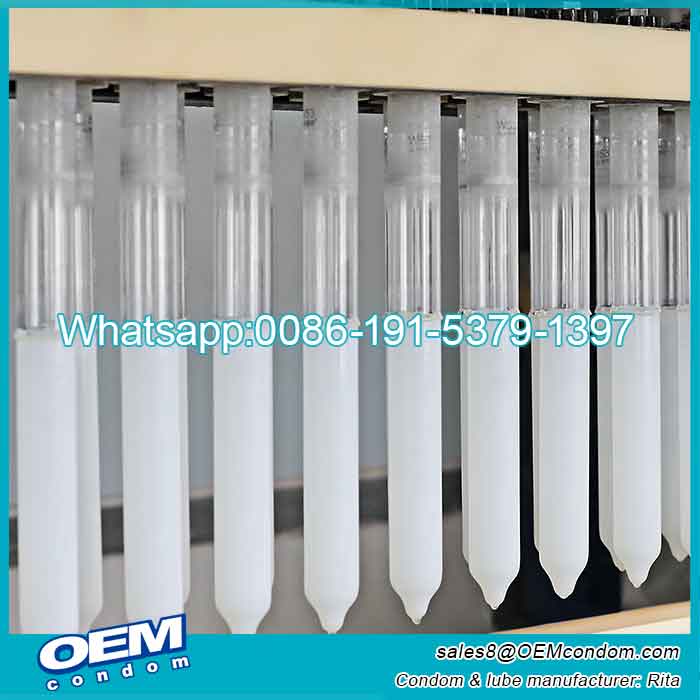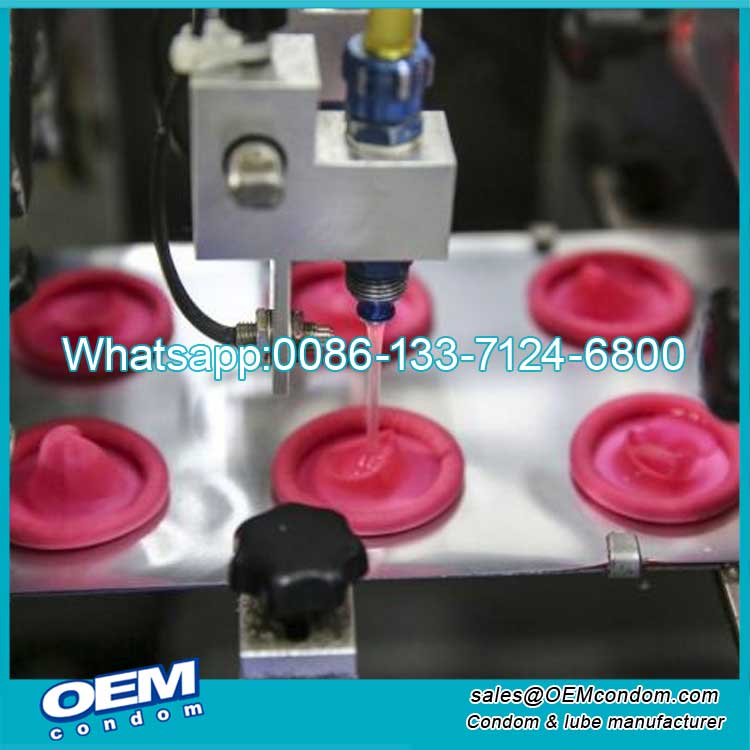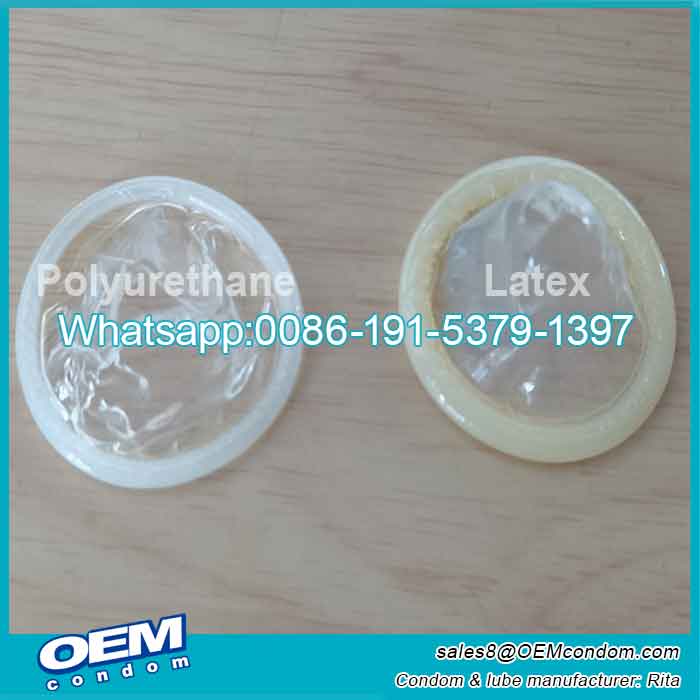spermicide Nonoxynol-9 Condom safe to use?
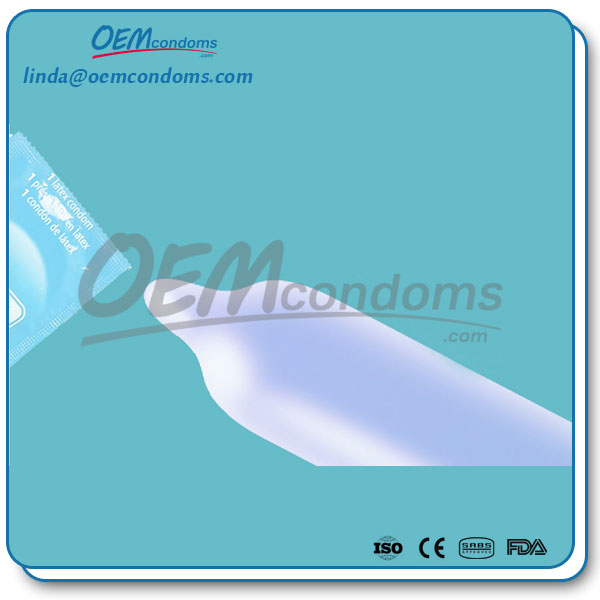
Contraceptive lubricants that contain the spermicide, nonoxynol-9. This weak detergent kills spermatocytes essentially by poking holes in their outer membrane. Nonoxynol-9 was also originally thought to disrupt that capsid, or covering, of the HIV viral particle. But Wolf notes otherwise: In 2002, however, a Phase II/III clinical trial of a nonoxynol-9 vaginal gel failed to protect women from HIV infection. Not only that, but the detergent actually increased the risk of HIV infection in the sex workers tested—women living in countries such as South Africa and Thailand who used the product three or four times per day (Lancet, DOI: 10.1016/s0140-6736(02)11079-8). Nonoxynol-9 is also still used in some brands of condoms, also as a spermatocide.
In my lab research days, I always wondered about the wisdom of using nonoxynol-9 as a spermatocide because they used to use a related compound, octoxynol-9 (better known to labbies as Triton X-100), to break open human epithelial cancer cells to examine the proteins inside them. But I had suspected that the contraceptive and lubricant industry had tested the concentrations of nonoxynol-9 they used to be selective cytotoxins to spermatocytes relative to vaginal epithelium. Wolf has some other concerns about the antimicrobial products in some of these products because they can also disrupt the normal, helpful bacteria of the vagina. Species of Lactobacillus, for example, produces lactic acid that reacidifies the vaginal following male ejaculation of higher pH semen. Preventing the vagina from reacidifying could also predispose a woman to other bacteria and yeast infections. So we don’t suggest use this type N-9 ingredients in condom product. It’s good idea, but which need more improvement in the testing and clinical tests.
Better invent new condoms in the texture or shapes, which is more mature and safe for consumer.


